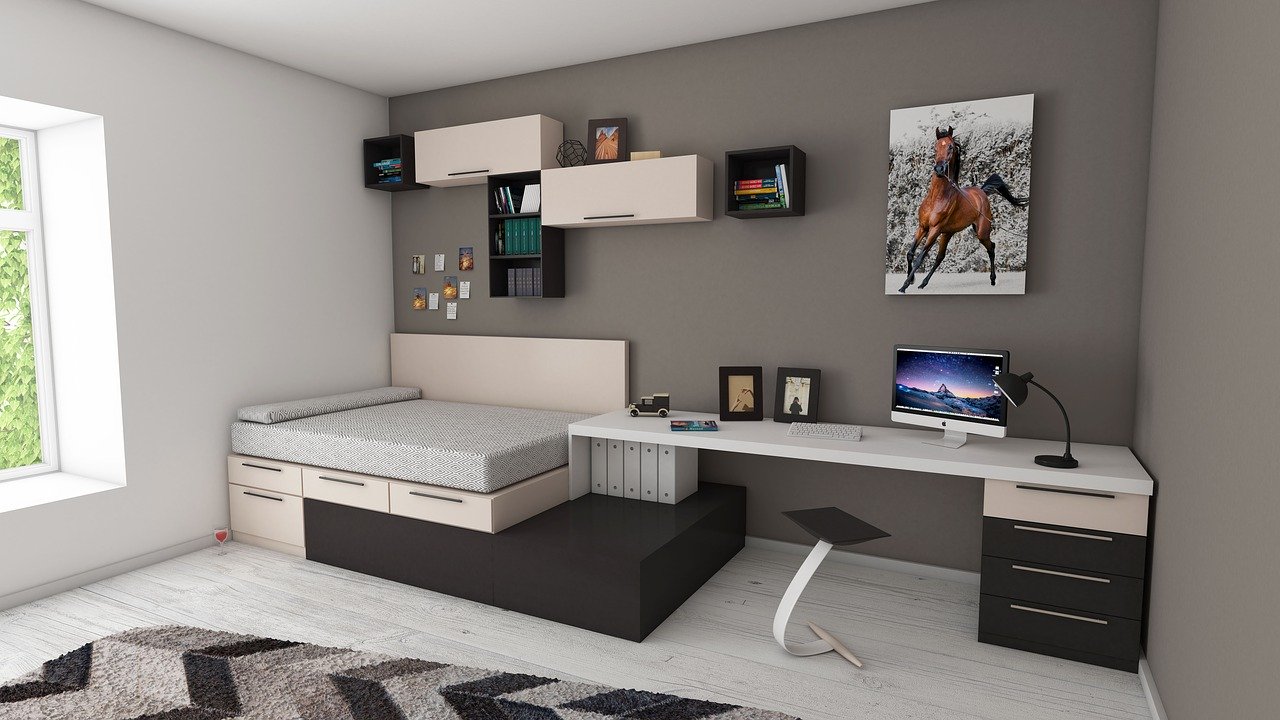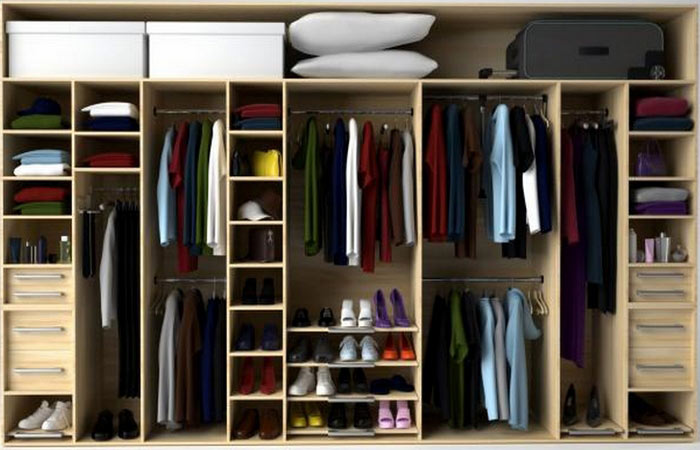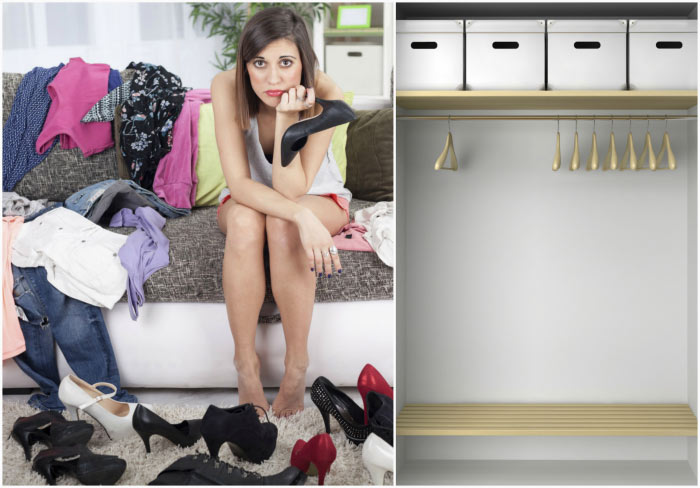Square footage isn’t cheap these days. With housing prices as high as they are, you need to ensure you’re making the most out of every nook, cranny, and room inside your home. But if you conduct an honest assessment, you’ll most likely find that you’re not taking full advantage of the space you have.

Learning to maximize your existing square footage and layout will save you money, reduce stress, and eliminate frustrations. Here are some ideas:
1. Use Vertical Storage in the Garage
The garage is one of the most versatile rooms in the home. It’s also one of the most poorly managed rooms. It tends to be a dumping ground for anything and everything homeowners no longer want to see or deal with. By making smarter decisions with your garage space, you can significantly increase your home’s storage capacity.
The best garage storage is vertical storage. The more you can use your wall space, the less clutter there is on the floor. This leaves room to walk, park vehicles, and work on projects. A few options are listed here.
2. Utilize Your Basement
For homes with basements, it’s common for this belowground square footage to go to waste. Make sure you put it to use by leveraging its distinct advantages.
According to Case Design/Remodeling Indianapolis, “The basement is an ideal location for a home office, particularly if you regularly bring clients to your home. Since the basement is removed from the rest of the home’s activity, you can work in peace in a large, quiet space.”
An unfinished basement can be remodeled to create a spare bedroom, bathroom, or children’s play room. There are ample opportunities to put this square footage to use.
3. Install a Backyard Shed

Don’t have a garage? Running out of room in your garage to park vehicles? There’s something to be said for installing a backyard shed and using it as a storage space for lawn equipment, holiday decorations, etc.
4. Organize the Pantry
Is your pantry a nightmarish mixture of new groceries, expired food, half-empty storage containers, and cans of soup that haven’t been touched in a decade? It’s time to tackle this mess once and for all.
Once again, vertical storage is a huge space saver. Utilize wall space with cubbies, hooks, and shelves. You can also use glass storage containers to seal things like pasta, cereal, chips, and snacks. Not only does this look nice, but it also allows you to recycle the boxes and reclaim some lost space.
5. Use Closet Storage Solutions

Closets are where possessions go to die. You can just close the door and forget about the mess. But is this really the best use of this space? If you aren’t already using closet storage solutions, now’s a good time to install some shelving and organization systems.
6. Repurpose Wasted Rooms
“Be honest. How many times per year do you use a formal dining room? I would guess most people use theirs less than once a month,” home design blogger Nancy Lou writes. “Typically they are saved for holidays or other special occasions. Use that square footage instead as an extra bedroom, a home office, or a walk-in pantry. Get rid of the wasted space of a formal dining room and make your space work for you.”
The same goes for your guest bedrooms. If they only get used a few times per year, you’re better off making these dual-purpose rooms. For example, can one guest bedroom double as a home office? Could you make it into a craft room? Get creative and put these neglected spaces to use.
How Much Stuff Do You Really Need?
Though it’s helpful to maximize space inside the home, storage solutions are often just quick fixes. They deal with the symptoms of the problem, rather than the problem itself. If you find that you never have enough space for all your stuff, consider that you may have too many possessions. This is something life coach Martha Beck likes to work through with her clients.
“When I ask clients what they long for, the most common responses are ‘peace,’ ‘space’ and ‘freedom.’ Clutter keeps us from achieving these goals, and we spend hundreds of thousands of dollars buying larger homes,” Beck says. “Empty space is more valuable — psychologically and physically — than almost any object.”

Keeping this in mind, Beck asks her clients to walk into any room of their home and focus on 10 random objects. With each object, she encourages homeowners to ask three questions: (1) Do I truly need it? (2) Do I truly adore it? (3) Would I trade inner peace for this? The answers to these questions provide some clarity on what should stay and what should go.
It may help to go through a similar exercise in your own home. Take it one room at a time and go through your possessions. Can you sell, donate, or throw away five to ten items in each room? Once you get rolling, you’ll find that it gets easier and easier.
Combining smart space maximizing strategies with proactive decluttering will make you house feel cleaner, smarter, and less stressful. What are you waiting for?










